Coffee Farm Lists
-
Volcanic geology Coffee plantations Baru volcano in Panama
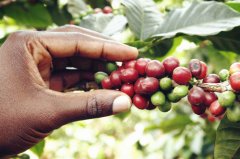
The Baru volcano is not only the highest mountain in Panama, but the sediments produced by early volcanic activity and eruption bring abundant and very fertile soil. These soils are rich in nutrients, especially phosphorus and sulfur. When mixed with clay, together with unique climatic patterns, the region forms an environment suitable for the growth of high-quality coffee. There are many dense forests and quantities.
2016-05-08 mountainous qualitative coffee plantation estate panama baru volcano -
Panama's ever-victorious Coffee Manor, Bocket Manor of good quality

Panamanian coffee originated in 1780, when European immigrants introduced the first Tipica tree species. Located in Central America, with the natural advantages of sunshine, land and mountains, coupled with a sufficient working population, the region is an excellent area for growing and producing high-quality boutique coffee, and it is a paradise for coffee. In particular, the Geisha coffee from Panama has led to the global customs.
2016-05-08 Panama Changsheng Coffee Manor quality Boki -
Panamanian SHB boutique manor boutique coffee Boguet region
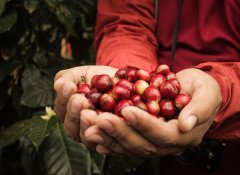
Panama Volcan Baru Series Cupido country: Panama grade: SHB production area: Balu volcano altitude: 1600-1650m annual rainfall: 3500 mm treatment: honey treatment and traditional washing varieties: Kaduai, Kaddura, harvest year: 2015 raw beans specifications: 17-18 mesh flavor: White grape, caramel, honey, black tea
2016-05-08 Panama SHB Grade Manor item Coffee Boqui producing area Pana -
Characteristics of Indonesian coffee beans A brief introduction to Indonesian coffee beans
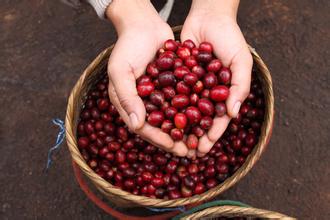
Coffee that makes you feel refreshed and ready to drink. Coffee is produced throughout Indonesia (Indonesia), and Java occupies an extremely important position in coffee history. In the mid-17th century, coffee trees were introduced to Indonesia by the Dutch (some official sources believe that earlier). The first batch of coffee from Java was sold to Amsterdam in 1712. However, in 1877
2016-05-08 Indonesia coffee beans features profile make you feel refreshed can at any time -
Types of coffee beans, price of coffee beans, mocha-flavored coffee beans

Mocha coffee (also known as mocha or mocha, also translated as Arabian quality coffee, English Caf Mocha, meaning chocolate coffee) is a variant of Italian latte (Caf Latt). Like the classic Italian latte, it usually consists of 1/3 espresso, mocha (Caff Espresso) and 2/3 foam.
2016-05-08 Coffee beans variety price mocha flavor coffee aka or -
Characteristics of mocha coffee beans types of coffee beans mocha flavor coffee beans
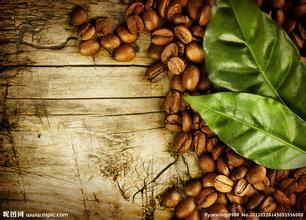
Mocha coffee (also known as mocha or mocha, also translated as Arabian quality coffee, English Caf Mocha, meaning chocolate coffee) is a variant of Italian latte (Caf Latt). Like the classic Italian latte, it usually consists of 1/3 espresso, mocha (Caff Espresso) and 2/3 foam.
2016-05-08 Mocha coffee beans characteristics types flavor mocha coffee aka or -
What is the brand of coffee beans the characteristics of coffee beans the introduction of coffee beans the method of growing coffee beans

In a broad sense, there are two kinds of coffee beans in the world, Arabica beans and Robosta beans. The earliest Arab way to eat coffee was to chew the whole fruit (Coffee Cherry) to absorb its juice. Then they mixed the ground coffee beans with animal fat as a physical supplement for long trips, and it was not until about 1000 AD that the green coffee beans were used.
2016-05-08 Coffee beans what brand characteristics introduction planting methods -
Coffee from Tanzania how about Tanzanian coffee beans
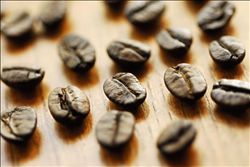
Gourmet coffee has soft acidity and attractive aroma, which is absolutely worth enjoying. Coffee exports from Tanzania (Tanzania) play an important role in the whole national economy. Bean-shaped berry coffee is very productive and is said to be more fragrant than ordinary coffee. Generally speaking, the coffee beans in Tanzania have an extraordinary quality. For example, in the neighborhood of Kilimanja
2016-05-08 Tanzania coffee origin coffee beans how gourmet acidity soft -
Characteristics of coffee beans in Rwanda planting methods of coffee beans in Rwanda

Rwandans have been growing coffee since colonial times, but until 1999, its products were still classified as below Class C and were not popular in the global market. The reason for the poor quality is that farmers do not have a fixed procedure for washing coffee beans and do not process coffee fruits according to specifications in time. Buyers buy coffee beans at $0.33 per kilogram, and farmers keep warm by the meagre profits earned at low prices.
2016-05-08 Rwanda coffee beans characteristics cultivation methods people colonization times -
Characteristics of Malagasy coffee beans the origin of Madagascar coffee beans Madagascar

Madagascar (Madagascar) is basically a producer of Robbins Coffee, but plans to increase the cultivation of Arabica beans. Since 1989, the coffee industry on the island has been privatized and many regulations have been lifted, with a total output of about 1 million bags a year. As Malagasy people like to drink coffee, the domestic consumption of coffee is very high. The country's Robbins
2016-05-08 Motor Garth coffee beans characteristics origin -
The practice of shit coffee is like the introduction of shit coffee, like the origin of shit coffee.

Elephant poop coffee, known as black ivory coffee beans, is naturally extracted by Asian elephants. The coffee fruit is digested by enzymes in the elephant stomach, which breaks down the protein in the coffee beans, so the taste of this elephant poop coffee is not bitter. It has aromas of milk chocolate, nuts, red berries and a few spices. [1] fresh coffee is the main raw material of Xiangshou coffee.
2016-05-08 Like shit coffee practice introduction origin like shit is called black ivory -
The practice of Kopi Luwak the producing area of Kopi Luwak the planting method of Kopi Luwak

Kopi Luwak is produced by the feces of Indonesian coconut cats (a kind of civet) as raw materials, so it is called Kopi Luwak. This kind of animal mainly feeds on coffee beans. After completing fermentation in the coconut cat's stomach, it destroys proteins, produces short peptides and more free amino acids, reduces the bitterness of coffee, and then excretes feces as the main raw material. Because coffee beans cannot be digested, they will be
2016-05-08 Cat droppings coffee practices origin planting methods -
The price of Kopi Luwak the practice of Kopi Luwak the flavor of Kopi Luwak

Civet Coffee (Kopi Luwak), native to Indonesia. It is one of the most expensive coffee in the world, with a price of several hundred dollars per pound. It is extracted from the feces of the civet and processed. The civet eats the ripe coffee fruit and is excreted through the digestive system. After it is fermented through the stomach, the coffee produced has a special taste and has become a grab in the international market.
2016-05-08 Cat poop coffee price practice flavor -
The characteristics of Kenyan coffee beans the practice of Kenyan coffee beans

It entered Kenya in the 19th century, when Ethiopian coffee drinks were imported into Kenya through southern Yemen. But it was not until the early 20th century that the bourbon was introduced by the St. Austen Mission (St.AustinMission). Kenyan coffee is mostly grown at an altitude of 1500m, 2100m, and is harvested twice a year. To ensure that only ripe berries are picked, people must be in the forest
2016-05-08 Kenya coffee beans characteristics introduction practice -
How much is Starbucks Ethiopian coffee beans per jin?

This kind of coffee originated from the island of Indonesia and has a distinctive spice flavor. It is full-bodied and smooth on the palate, with aromas of forage and clay. The aftertaste is long and sour can hardly be felt. Antigua coffee beans, Guatemala: every cup of coffee here conveys a consistent flavor. Fragrant lemon flavor, cocoa flavor accompanied by soft spice flavor, showing
2016-05-08 Buck Ethiopia coffee coffee beans less money one jin this origin -
Ethiopian coffee beans introduce the characteristics of Ethiopian coffee beans

Ethiopian coffee beans are divided into five levels. The first and second stages are washed beans. Washed beans Grade1 represents 3 defective beans per 300g raw beans, and Grade2 represents 4 defective beans per 300g. Gradc1 grade water washed beans are very rare and are generally difficult to buy. At present, all the washed beans exported from Ethiopia are Grade2 grade. The quality of sun-dried beans is Grade3 and Grad in order.
2016-05-08 Ethiopia coffee beans introduction characteristics divided into five -
What tools do you need to make coffee beans
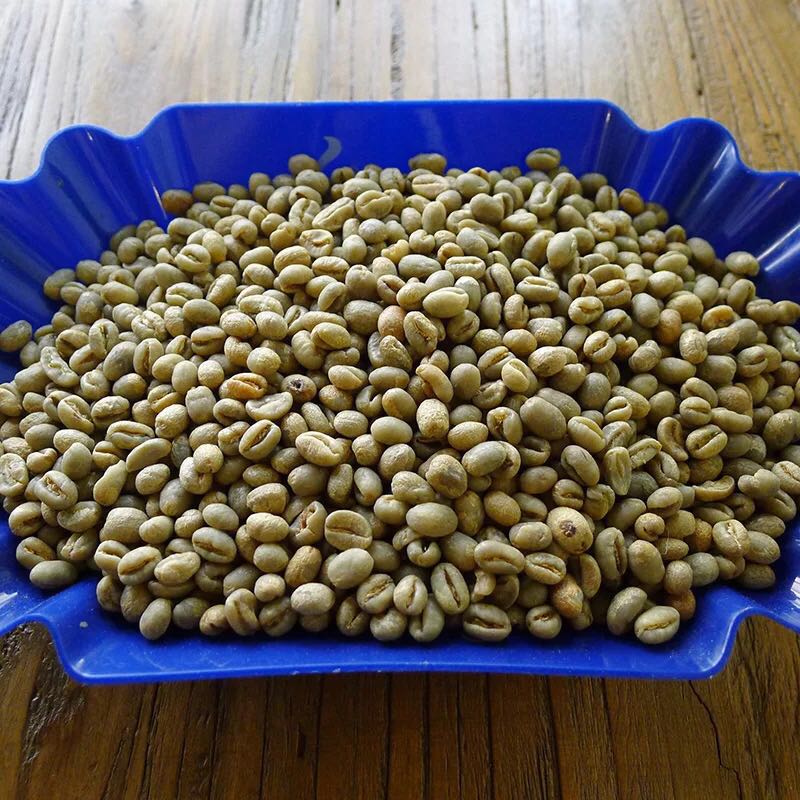
Perhaps many people don't really understand how to eat coffee beans. Coffee beans are the raw materials for making coffee. Maybe many people drink coffee in coffee shops and haven't really done it themselves. The following editor will introduce to you the new way to eat coffee beans and how to choose good coffee beans. Let's take a look! How to make delicious and mellow coffee must be a series of
2016-05-08 Coffee beans need what tools practices -
Variety of coffee beans introduction to coffee beans
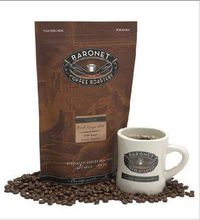
The origin of coffee plant can be traced back to millions of years ago, in fact, the real age when it was discovered can no longer be tested. It is only said that coffee is a shepherd named Kaldi in the highlands of Ethiopia. When he discovered that his sheep had inadvertently eaten the fruit of a plant, he became very lively and energetic, and discovered coffee ever since. All historians seem to be the same
2016-05-08 Coffee beans varieties practices introduction -
The practice of Madagascar coffee beans the characteristics of Malagasy coffee beans

Madagascar (Madagascar) is basically a producer of Robbins Coffee, but plans to increase the cultivation of Arabica beans. Since 1989, the coffee industry on the island has been privatized and many regulations have been lifted, with a total output of about 1 million bags a year. As Malagasy people like to drink coffee, the domestic consumption of coffee is very high. The country's Robbins
2016-05-08 Motor Garth coffee beans practices characteristics -
The planting method of Kenyan coffee beans the characteristics of Kenyan coffee beans

Coffee entered Kenya in the 19th century, when Ethiopian coffee drinks were imported into Kenya through southern Yemen. But it was not until the early 20th century that the Bourbon Coffee Tree was created by the St. Austen Mission (St). AustinMission) is introduced. Kenyan coffee is mostly grown at an altitude of 1500 to 2100 meters and is harvested twice a year. To ensure that only ripe berries are picked, people must be in the forest
2016-05-08 Kenya coffee beans planting methods characteristics coffee 19th century entering Kenny
